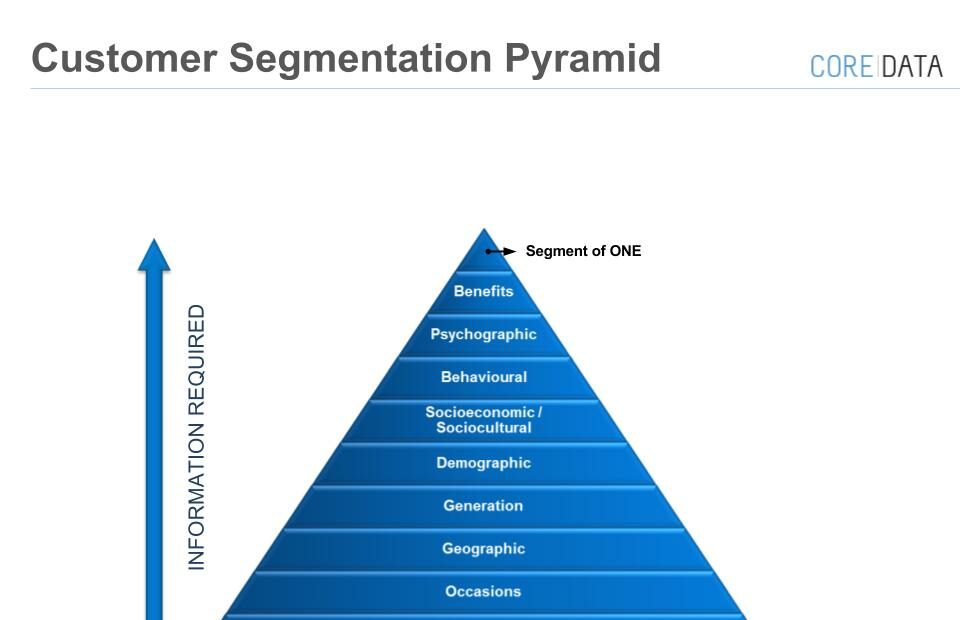
From an early age I have been fascinated in what makes people tick (maybe it’s no wonder having psychologists as parents). I remember one experience as a child when the penny kind of dropped.
Raised in a Jewish household, we have a tradition of storytelling on religious holidays. One such proverb hauled out every year on Passover tells the story of four different sons, each with a fundamentally different personality:
- The Wise Son (savvy, optimistic and engaged)
- The Simple Son (less sophisticated but curious and wants to engage)
- The Apathetic Son (prefers to be unengaged and just wants to tick the boxes)
- The Evil Son (controlling, cynical, and hard to keep happy)
The proverb explains how each of these sons ask the same question in a different manner according to their personality and explains how there is a different approach to answer each son accordingly.
At first I struggled with this – surely there was one simple ‘best’ or ‘right’ answer they should all be given? It clicked that even brothers can have different personalities, perceiving and understanding the world in very different ways. I now recognise this is possibly the earliest documented psychographic segmentation with actionable intelligence ever developed! It not only demonstrates psychographics cutting through sociodemographic segments (personality within a family), but also links this insight to customised communication responses and influencing strategies!
Of course, good old reliable life stage and wealth dimensions predict an inexorably important nexus of needs, behaviours and perspectives in us all – but still only scratch the surface of true customer intimacy. If we really want to gain an advantage we have to add some layers to the cake.
Understanding how different personality types see the world around them (i.e. how they process information) and what influences them (i.e. their emotional drivers) are the cornerstones of effective communication and persuasion.

The challenge for any segmentation model is to take this messy web of complicated real world interactions and boil these down into a more digestible conceptual framework. They must walk the narrow path between being too simple to deliver real utility vs. too complicated to conceptually swallow. Like an iceberg, vast amounts of information must sit below the water underlying the elegant simple peaks i.e. ‘the personas’ we come to admire that sit above the water.
In this rapidly evolving digital information age, getting attention, optimising customer experience and owning the relationship has never been more important. It is increasingly determined by the ability to master information cut through and trigger emotional appeal among a cynical consumer market. The key to gaining this advantage is embracing the power of psychographics – as messy and intangible as they can sometimes be.
~~~~~~~~~~~~~~~~~~~~~~~~~~~~~~~~~~~~~~~~~~~~~~~
This blog is the first in a series of blogs on research methodologies. In his next blog, Tai will explain the danger of relying on Net Promoter Score as your sole metric for measuring the customer experience.
